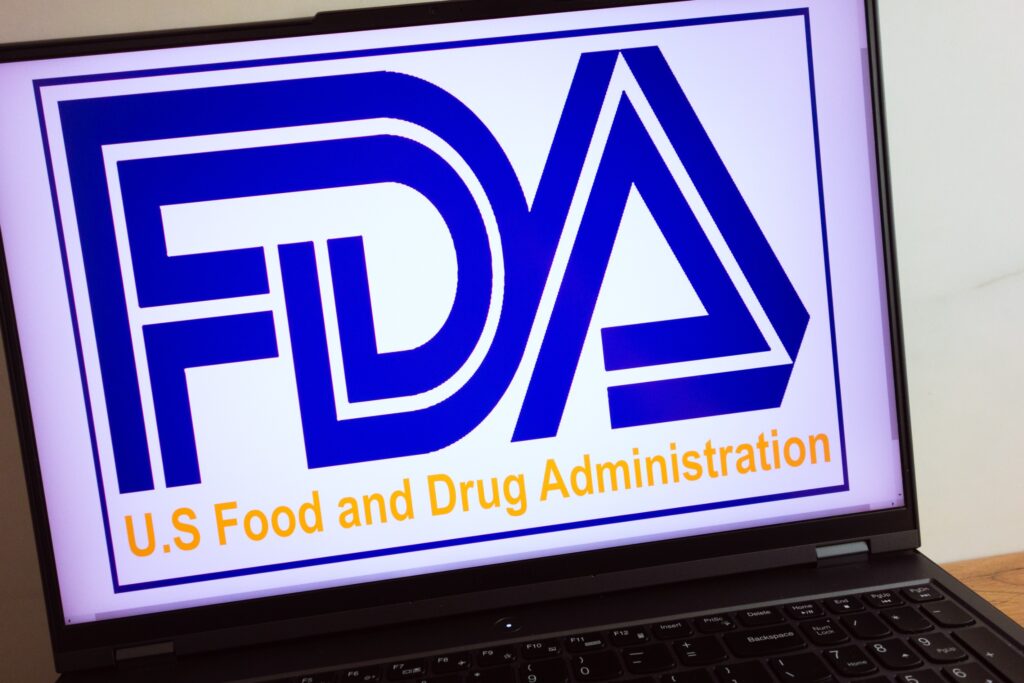
Which Agency Enforces Food Safety in a Restaurant?
The food industry supplied more than $2.39 trillion worth of food in 2022 – making it one of the largest sectors of the United States economy. Of that $2.39 total, full-service food establishments supplied $463 billion worth of food, and limited-service establishments supplied $468 billion – according to the USDA.
As important as the food service industry is to the economy, it’s even more important to public health. If it weren’t for food safety regulations, customers wouldn’t buy food with the confidence they have today – we would have no way of knowing whether or not the food we’re buying is safe to eat. It would be a health crisis.
The good news is the United States government – at the federal, state, and local levels – has standards and regulations in place to ensure food safety in restaurants, cafeterias, and food trucks. Don’t worry, we’re going to explain everything you need to know about which agencies enforce food safety in the US.
Federal Food Safety Agencies
The United States food safety system is broken up into two primary sectors – federal food safety agencies and local food safety agencies (state- and county-level). A majority of the weight lies with the federal agencies, which is made up of more than a dozen agencies that each contribute to food safety in different ways.
There are also a number of Congressional committees that play a vital role in food safety in the United States – including the Agriculture Committee and Commerce Committee in the House; the Agriculture, Nutrition, and Forestry Committee and the Labor and Human Resources Committee in the Senate.
With that said, let’s take a closer look at the three most prominent agencies at the federal level – the FDA, FSIS, and the CDC.

What About The Term Viva Las Vegas?
Viva Las Vegas technically means “Live Las Vegas” in Spanish. However, its general meaning is “long live Las Vegas.” While the term was likely said for many years by residents and visitors, it became much more popular after Elvis Presley starred in a 1964 movie called Viva Las Vegas.
Along with this popular phrase, Las Vegas is also known commonly as Sin City because it’s a gambling capital and known for access to clubs, quick marriages, and other debauchery.
U.S. Food and Drug Administration (FDA)
The United States Food and Drug Administration (FDA) is a federal agency within the Department of Health and Human Services. They oversee more than 50,000 food establishments across the country and are responsible for nearly 80% of the United States food supply – without the FDA, we would be lost.
The FDA oversees a majority of the federal food safety jurisdictions.
The FDA is responsible for releasing and updating the Food Code – a set of standards and regulations for the food industry. The primary goal behind the Food Code is to prevent foodborne illnesses and related injuries by reducing the risk of contamination in food products sold and traded within the United States.
Food Safety and Inspection Services (FSIS)
The Food Safety and Inspection Services (FSIS) is a federal agency within the United States Department of Agriculture (USDA). The FSIS is exclusively responsible for ensuring food products containing meat, poultry, and eggs are safe to store, cook, eat, and trade in the US – the FDA oversees everything but.
The FSIS primarily operates through the Federal Meat Inspection Act, the Poultry Products Inspection Act, and the Egg Products Inspection Act – though it also plays a vital role in humane animal handling through the Humane Methods of Slaughter Act. The USDA was formed in 1862, and the FSIS in 1981.
Center for Disease Control and Prevention (CDC)
The Center for Disease Control and Prevention (CDC) is a federal agency within the Department of Health and Human Services. They play a crucial role in foodborne disease surveillance, determining the major sources of foodborne illnesses, and finding ways to prevent, detect, and stop outbreaks due to food contamination.
According to the CDC, foodborne illnesses cost the US more than $15.6 billion every year and account for more than 3,000 deaths every year. Considering that 1 in 6 Americans get sick from contaminated food and beverages, the CDC is doing whatever it can to minimize those numbers with food safety compliance.

Local Food Safety Agencies
There are more than 3,000 state, county, and other local food safety agencies that work closely with their federal counterparts to ensure regulations are being followed and standards are being met. In most local agencies, the health department is responsible for food safety and protocols pertaining to restaurants.
Here are some of the most prominent responsibilities of local food agencies in the United States:
- Issues licenses and permits when necessary
- Enforcing food safety regulations, laws, procedures, protocols, and proper food handling practices
- Reviews and approves food safety systems
- Investigates complaints from customers (food safety issues, food safety concerns) and cases of foodborne illness
- Carries out federal inspection programs to ensure safety in the food industry
- Ensure restaurant food safety tips are being followed at all times
In addition to county, state, and local health departments, there are a number of other organizations that play a role in ensuring food safety practices and food safety guidelines are being followed – including Hazard Analysis Critical Control Point (HACCP) programs, trade associations, consumer groups, professional organizations, universities and schools, and so much more.

The 4 Basic Principles of Food Safety
According to the CDC, more than 48 million people are diagnosed with a foodborne disease every single year in the United States. Of those 48 million patients, more than 128,000 are hospitalized and another 3,000 end up dying. For this reason, minimizing exposure to contaminated foods has to be a top priority.
The four basic principles to ensuring the food you prepare is safe to eat are:
- Clean – make sure you wash your hands before, during, and after preparing food (the same goes for cooking utensils, cutting boards, and countertops). Rinse fruit and vegetables before eating.
- Separate – avoiding cross-contamination is essential to preventing foodborne illnesses, so make sure you’re keeping raw meat, chicken, poultry, seafood, and eggs separated from one another.
- Cook – cooking your food to the right temperature ensures any potentially dangerous germs are killed prior to eating. For example, poultry should be cooked to 165°F, but beef at 145°F.
- Chill – make sure you’re refrigerator stays at or below 40°F and your freezer stays at or below 0°F to ensure you don’t create a breeding ground for bacteria.
At Il Toro E La Capra, we understand the importance of food safety in restaurants. That’s why we go above and beyond to ensure our customers eat in a safe environment. If you’d like to try our unique Mexican-Italian-infused menu, you can book your reservation online or by calling us at (702) 331-6090.

